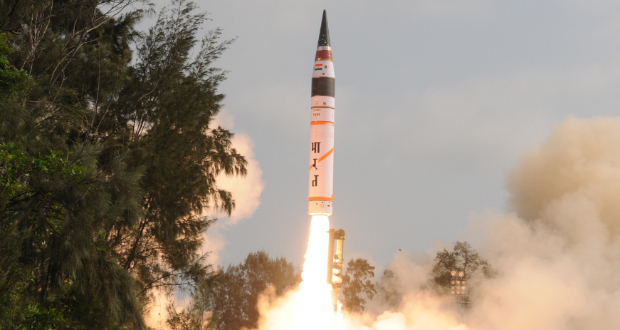What needs real attention is the report’s observation that there has been a continuing modernisation and growth of arsenals across the globe. There has been a steady increase in nuclear rhetoric by Russia and NATO. The Russians have been rattling the nuclear sabre for a while, and now NATO says that it may need to take out nuclear weapons for storage and put them on standby.
Far more important for India, though is the revelation that perhaps the sharpest growth in both quality and numbers has been in China. Although the Chinese arsenal is smaller than that of the United States (US) and Russia, it is now nearly three times the size of the Indian one.
Nuclear forces of select countries January 2024
| Deployed warheads | Stored warheads | Military stockpile | Total | |
|---|---|---|---|---|
| United States | 1,770 | 1,938 | 3,708 (retired 1,336) | 5,044 |
| Russia | 1,710 | 2,670 | 4,380 retired 1,200) | 5,500 |
| China | 24 | 476 | 500 | 500 |
| India | - | 172 | 172 | 172 |
| Pakistan | - | 170 | 170 | 170 |
Source: SIPRIi Yearbook 2034 p.272
SIPRI’s estimate of China’s nuclear arsenal has increased from 410 warheads in January 2023 to 500 in January 2024 and “is expected to keep growing.” China may also now be actually deploying some two dozen warheads on missiles on operational alert at all times. Most of the Chinese warheads, including all of those from Pakistan and India, are stored in a controlled environment.




